Oh snap, you’ve just hit the jackpot for spring onion substitutes.
Yep, we’re going down that rabbit hole today.
Ever found yourself in the middle of cooking and bam, no spring onions in sight? Totally been there.
Good news is, the kitchen’s your playground and we’ve got the hacks to prove it. Think of this as your secret cheat sheet.
From salads to stir-fries, we’ve scouted the best stand-ins that’ll save your dish without a hitch.
No more staring at recipes feeling stuck. Ready to become the ingredient swap ninja? Let’s roll.
What is Spring Onion?

Spring onions, also known as green onions or scallions, are harvested while the bulb is still small and the leaves are green.
Unlike other onions, which can be harsh and intense, spring onions are milder in flavor and can be eaten raw or cooked.
When cooking with spring onions, it is important to use the entire onion, as each part has a different flavor.
The white bulbs are the most mild-tasting, while the green leaves are more aromatic.
Spring onions can be used in various dishes, from salads and stir-fries to soups and grilled vegetables.
When choosing spring onions at the grocery store, look for ones with crisp, green leaves and firm bulbs.
Avoid onions that have wilted leaves or soft spots on the bulb.
To store spring onions, place them in a plastic bag in the refrigerator, where they will keep for up to a week.
The 5 Best Substitutes for Spring Onions
When a recipe calls for spring onions, you might wonder what the best substitutes are.
Here are five options to choose from:
1 – Shallots
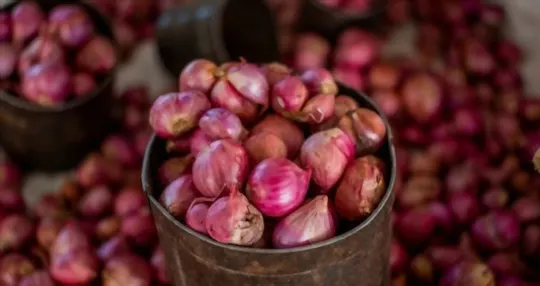
Shallots are a type of onion that is prized for its sweet, mild flavor.
Unlike other onions, shallots grow in clusters and have a thin, papery skin.
When cooked, shallots become golden and slightly sweeter in taste.
They are often used as a finishing touch to dishes, added before serving.
Shallots can be used in both sweet and savory dishes.
When preparing savory dishes, shallots are often used as a base ingredient, providing flavor without overwhelming other ingredients.
They can be diced and sautéed with meats or vegetables or slowly roasted to bring out their natural sweetness.
In sweet dishes, such as pies and tarts, shallots can be caramelized with sugar to create a rich, deep flavor.
No matter how you choose to use them, shallots add a unique depth of flavor to any dish.
2 – Chives
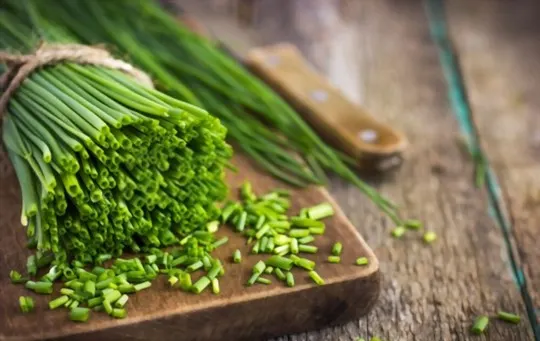
Chives are a type of onion that can be used fresh or dried.
They have a mild, oniony flavor that is perfect for adding to soups, salads, and dips.
When cooking with chives, it is important to remember that they lose their flavor when cooked for too long.
Thus, it is best to add them towards the end of the cooking process or use them as a garnish.
Chives can also be used to make simple but flavorful butter by mixing them with softened butter and a bit of salt.
This chive butter can be used on all sorts of cooked dishes, from potatoes to steak.
So whether you’re looking for a new ingredient to spice up your cooking or simply want a garnish that will add flavor and visual appeal to your dish, consider using chives.
3 – Leeks
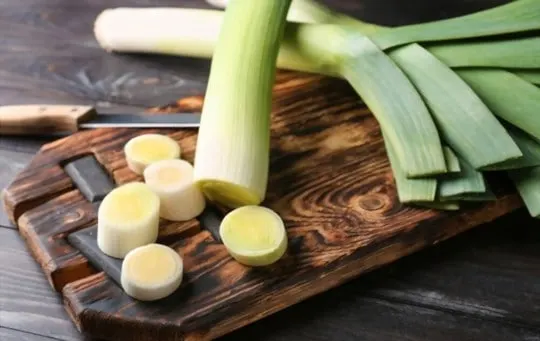
Leeks are a type of onion that has a milder, sweeter flavor than other onions.
They are often used in soups and stir-fries and can also be eaten raw.
When choosing leeks, look for ones with firm, white bulbs, and dark green leaves.
Avoid leeks that have wilted leaves or brown spots on the bulb.
To prepare leeks, cut off the root end and the dark green leaves.
Cut the leek in half lengthwise, then rinse it under cold water to remove any dirt or sand.
Slice the leek crosswise into thin pieces.
When cooking with leeks, be sure not to overcook them – they should be cooked until they are tender but not mushy.
Leeks are a delicious and versatile vegetable that can add flavor and nutrition to any dish.
Give them a try the next time you’re in the kitchen.
4 – Onions
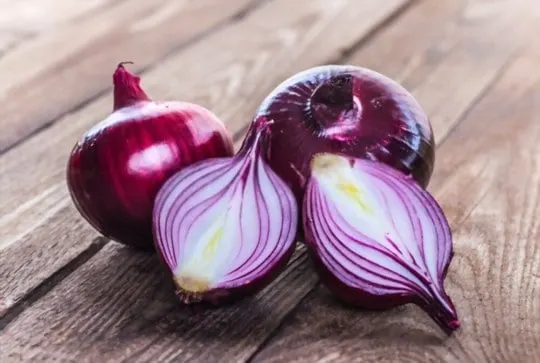
Onions are a versatile kitchen staple that can add flavor and depth to various dishes.
Though they are often used as a base ingredient in soups and stews, onions can also be cooked in several different ways.
One simple way to cook onions is to fry them in a little oil until they are golden brown.
This method brings out the onion’s natural sweetness and can be used as a topping for burgers or salads.
Alternatively, onions can be caramelized by slowly cooking in sugar and water until they turn a deep brown color.
This technique is often used in French cooking and can transform the flavor of simple dishes like roast chicken or grilled steak.
No matter how you cook them, onions are an essential ingredient that can add richness and flavor to any meal.
5 – Onion Powder
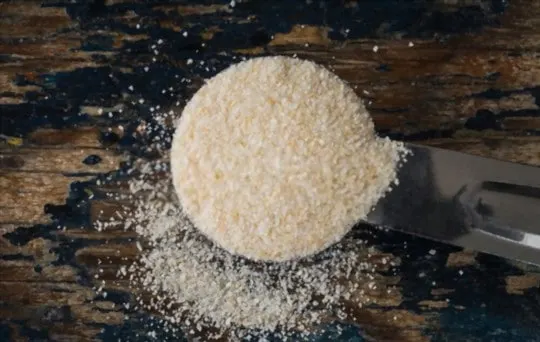
Onion powder is a type of seasoning made from finely ground, dehydrated onions.
It’s popular in many savory dishes, offering a deep, rich flavor without the sharpness or bite of fresh onions.
To use onion powder in cooking:
- Add it to your recipe in place of fresh onions or another type of onion powder.
- For best results, add onion powder early in the cooking process so it has time to fully develop its flavor.
- Remember that a little goes a long way—start with a small amount and then adjust to taste. Whether you’re using it to flavor roasted vegetables or making a classic French onion soup, onion powder is a versatile ingredient that can add depth and character to any dish.
Conclusion
In conclusion, these are the five best substitutes for spring onions that you can use in your cooking.
Each of these substitutes has its own unique flavor that can enhance the taste of your dish.
The next time you’re in a pinch, don’t hesitate to try one of these substitutes in your recipe.
If you have suggestions for substitutes for spring onions, feel free to share them in the comments below.
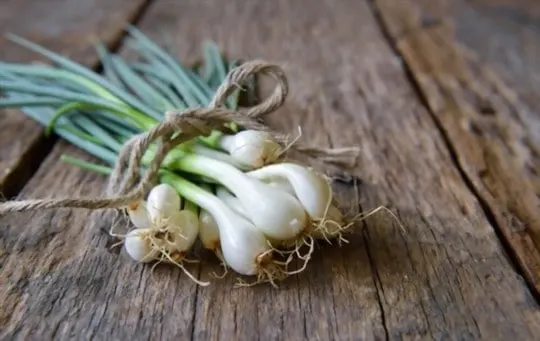
The 5 Best Substitutes for Spring Onions
Ingredients
- Shallots
- Chives
- Leeks
- Onions
- Onion Powder
Instructions
- Pick your favorite substitute from the list above.
- Follow cooking directions for your selected substitute with the proper ratio of ingredients.

Andrew Gray is a seasoned food writer and blogger with a wealth of experience in the restaurant and catering industries. With a passion for all things delicious, Andrew has honed his culinary expertise through his work as a personal chef and caterer.
His love for food led him to venture into food writing, where he has contributed to various online publications, sharing his knowledge and insights on the culinary world. As the proud owner of AmericasRestaurant.com, Andrew covers a wide range of topics, including recipes, restaurant reviews, product recommendations, and culinary tips.
Through his website, he aims to inspire and educate fellow food enthusiasts, offering a comprehensive resource for all things food-related.

Leave a comment